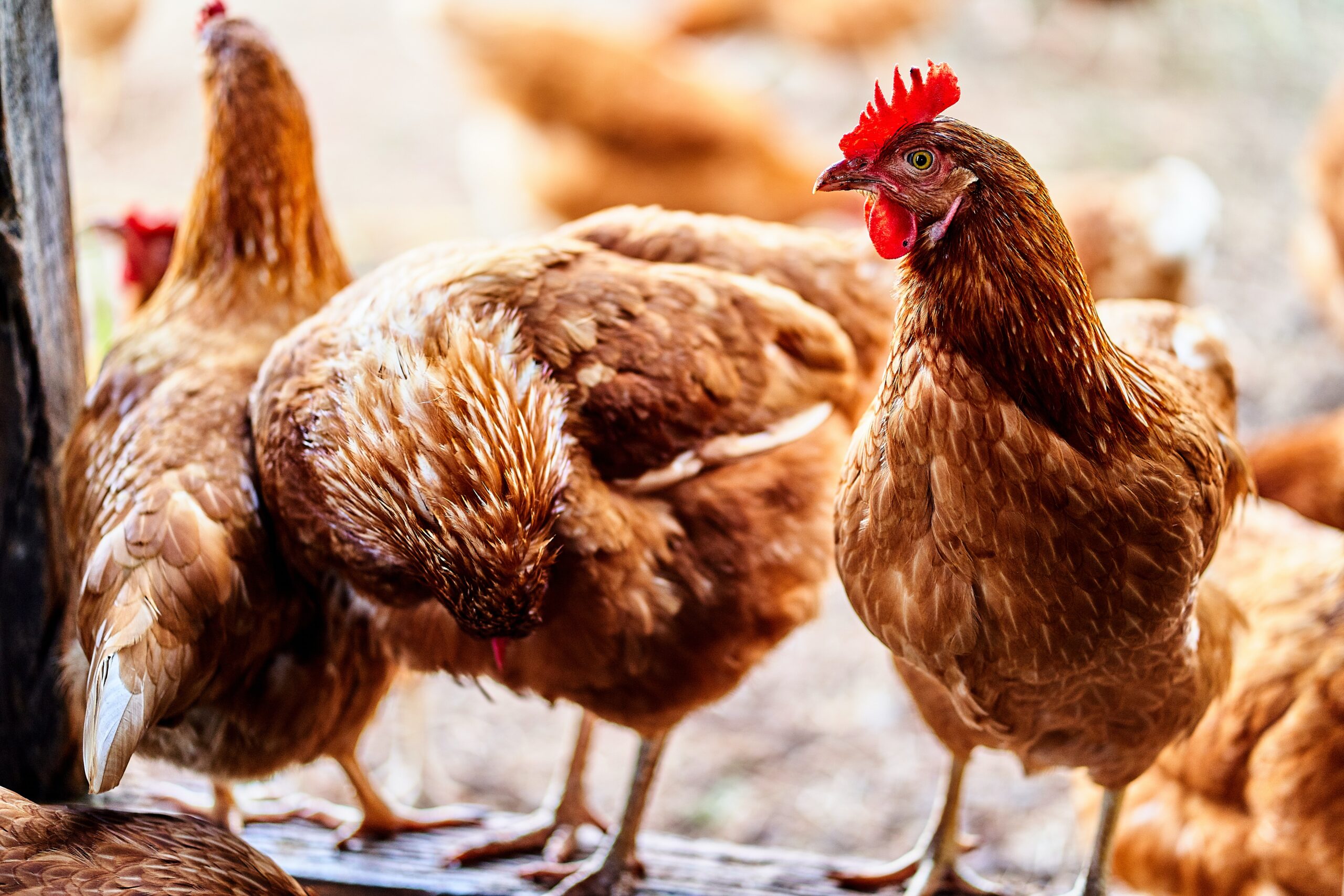Australian agriculture is a vital part of the country’s economy, accounting for around 4% of GDP and employing over 300,000 people. In recent years, the industry has faced a number of challenges, including drought, bushfires, and the impact of COVID-19. However, the outlook for agriculture in 2023 is positive, with a number of trends and developments likely to shape the industry in the coming years.
One of the key trends that will shape Australian agriculture in 2023 is the increasing demand for sustainable and environmentally-friendly farming practices. Consumers are becoming more conscious of the impact that their food choices have on the environment, and are increasingly looking for products that are produced in a sustainable and ethical manner. This is driving farmers to adopt more sustainable practices, such as regenerative agriculture, which improves soil health and reduces the use of synthetic fertilizers and pesticides.
Another trend that will shape Australian agriculture in 2023 is the growing popularity of precision farming. Precision farming is an approach that uses technology to optimize crop yields and reduce costs. This includes using sensors to monitor soil moisture, weather conditions, and crop health, as well as using drones and satellites to map fields and identify areas that need attention. This approach is becoming increasingly popular among farmers, as it allows them to make more informed decisions about crop management, and can ultimately lead to higher yields and reduced costs.
The use of technology in agriculture is also expected to increase in 2023, with more farmers using digital tools to manage their operations. This includes using software to track crop yields, monitor weather patterns, and manage inventory. Additionally, farmers are also using digital tools to connect with customers, such as social media and e-commerce platforms, which allows them to market their products directly to consumers.
Another trend that will shape Australian agriculture in 2023 is the growing demand for alternative proteins. As concerns about the environmental impact of meat production continue to grow, consumers are increasingly looking for alternative protein sources, such as plant-based products. This trend is likely to drive more farmers to diversify their operations, and start growing crops such as soybeans, peas, and lentils, to meet this demand.
Finally, the Australian government is also expected to play a key role in shaping the future of agriculture in 2023. The government has been investing heavily in research and development, and has a number of initiatives in place to support farmers, such as the National Water Infrastructure Development Fund, which provides funding for water infrastructure projects. Additionally, the government is also working on a number of initiatives to support sustainable farming practices, such as the Sustainable Agriculture Initiative.
The outlook for Australian agriculture in 2023 is positive, with a number of trends and developments likely to shape the industry in the coming years. These include the increasing demand for sustainable and environmentally-friendly farming practices, the growing popularity of precision farming, the use of technology in agriculture, the growing demand for alternative proteins, and the government’s support for farmers. With these trends driving the industry forward, Australian agriculture is well-positioned to continue to play a vital role in the country’s economy and society.
Whether its livestock or primary food goods, let ABM help your business find greener pastures and play a vital role in your business management. Chat with us today to find out more.








